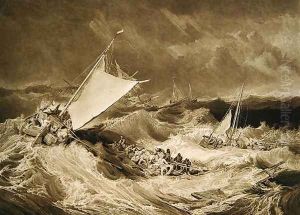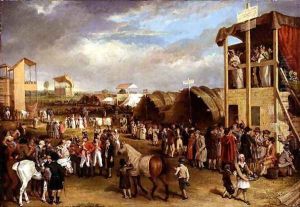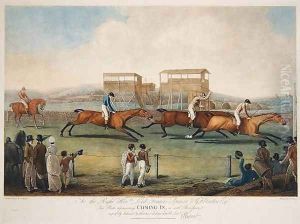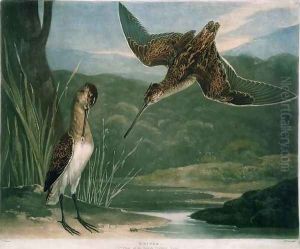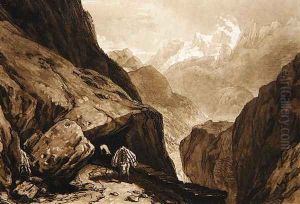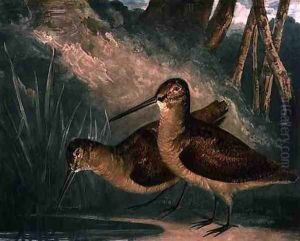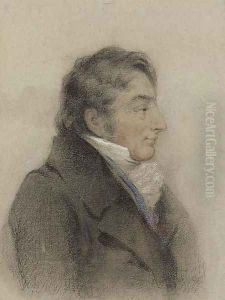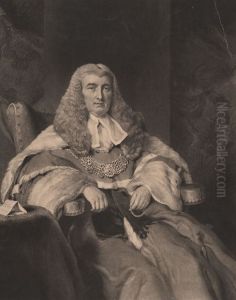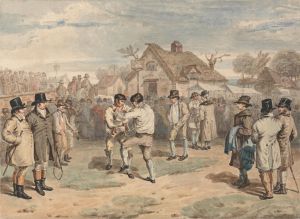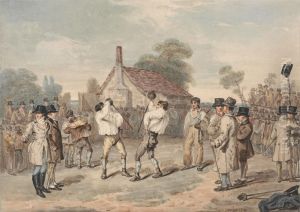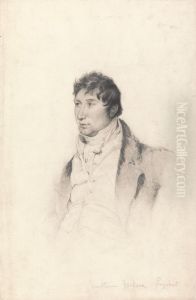Charles Turner Paintings
Charles Turner was an English mezzotint engraver and print publisher who played a significant role in the art world of the 19th century. Born on August 31, 1774, in Woodstock, Oxfordshire, his talent for engraving emerged early, and he was apprenticed to the notable London engraver John Jones. Turner quickly developed a reputation for his skill in reproducing the works of contemporary artists, particularly in the demanding medium of mezzotint, which was highly popular at the time for its rich tonal qualities.
Throughout his career, Turner collaborated with many prominent artists of his era, such as J.M.W. Turner (no relation), Sir Joshua Reynolds, and Thomas Lawrence, translating their paintings into prints that could be widely distributed. His work covered a broad range of subjects, including portraits, landscapes, and historical scenes. Notably, Charles Turner's partnership with J.M.W. Turner resulted in some of the most admired mezzotints of the period, especially those based on J.M.W. Turner's celebrated 'Liber Studiorum', a collection of landscape and seascape prints.
Aside from his technical prowess, Charles Turner was also known for his entrepreneurial spirit. He published many of his prints himself, which was a somewhat uncommon practice for engravers at the time, as they typically relied on publishers to market their work. His success as a publisher is evidenced by the extensive catalog of works he left behind.
Turner was highly regarded by his contemporaries and was elected an Associate Engraver of the Royal Academy in 1828, an honor that recognized his contributions to the art of engraving. Over his lengthy career, he produced an immense body of work, with over seven hundred recorded plates to his name.
Charles Turner passed away on August 1, 1857, in London. His legacy endures through the exquisite engravings he created, which continue to be studied and admired for their craftsmanship and beauty. Turner's work provides a window into the visual culture of the 19th century and remains an important part of the history of printmaking.
